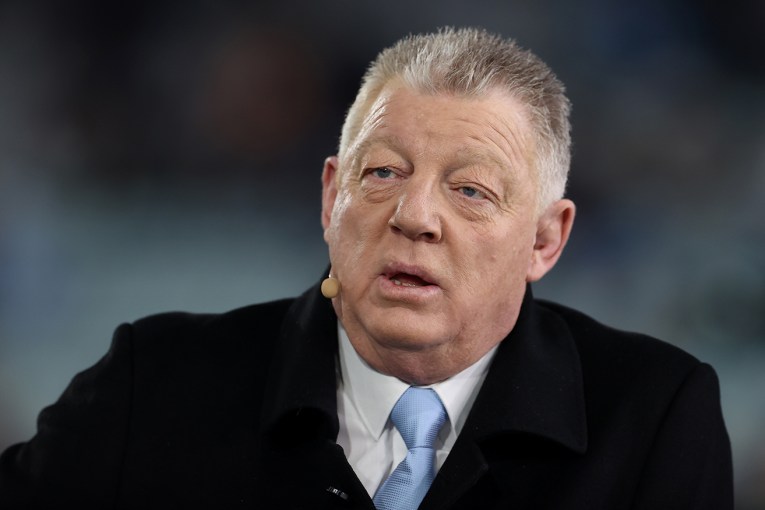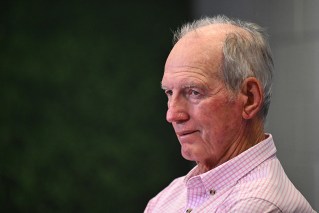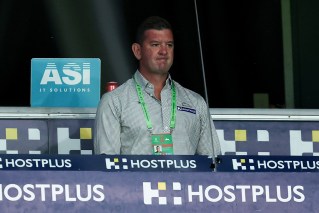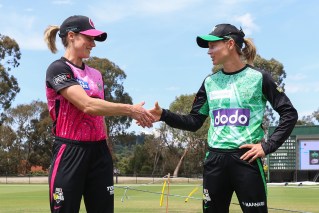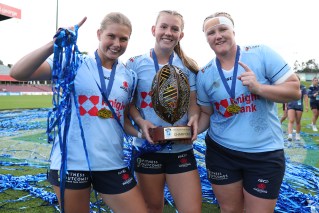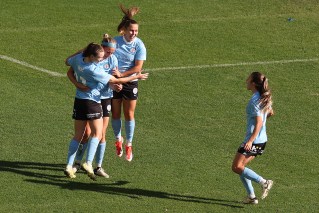Women’s World Cup spawns ‘a revolution’ – and the Matildas couldn’t be happier

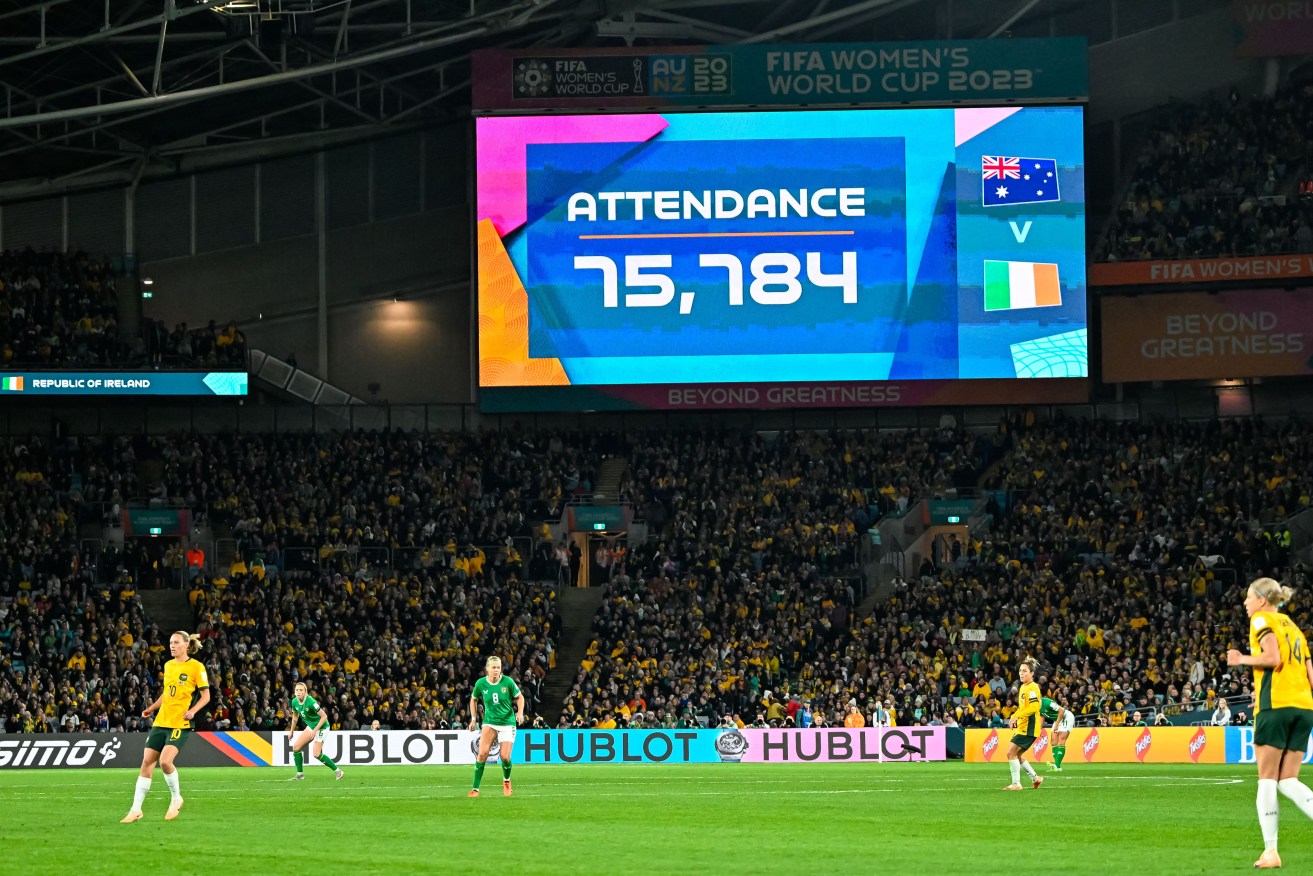
A record crowd watched the Matildas in their opening game against Ireland. Photo: AAP
The Women’s World Cup is turbo-charging “a revolution of the game” as Australians are caught up in the excitement and passion of an international football tournament.
Some 2.28 million people tuned in to watch the Matildas win their opening game against Ireland in front of 75,784 people at the Sydney Football Stadium, and over 1.5 million tickets have been sold throughout New Zealand and Australia for the tournament.
On Thursday night, a sell-out crowd of 49,156 watched Australia’s shock 3-2 loss to Nigeria in Brisbane, putting their qualification to the knockout stages in jeopardy.
Despite the Matildas’ campaign being precariously close to ending in disaster, Football Australia CEO James Johnson said the tournament is creating history.
‘Surge in support’
“We are seeing a surge in support for women’s football, not just in ticket sales, but also in broadcast viewership, fan festival participation and merchandise sales,” he said in a statement.
“The Australian public has demonstrated how much they love the game.”
After six days of the Women’s World Cup, the average attendance across all venues was 27,926, over 6000 more than the average attendance of the 2019 World Cup in France.

Caitlin Foord hypes the packed house for the Matildas’ opening game. Photo: AAP
Amazingly, it looks likely every knockout game will be sold out by the time it kicks off, a remarkable effort for the sport, considering the professional game in Australia is still in its relative infancy.
Over her decades involved in the women’s game in Australia, former Football Australia board member Heather Reid has seen the challenges the Matildas have overcome.
She said the atmosphere and funding around the game have changed dramatically since she first became involved in the national team in the 1980s.
How things have changed!
“In 1984, I wrote the letter seeking reimbursement for my airfare from Sydney to Canberra and I was asking for $136,” Ms Reid said.
“They were prepared to pay me the $20 value of what might have been a return road trip in a car, but they didn’t have the budget to stretch to $136 for my airfare as manager of the team.”
In 2019, the Matildas signed a new bargaining agreement and achieved pay parity with the men’s national team, earning between $66,000 to $100,000 plus a cut of the prize money and revenue generated.
Ms Reid said the staff and players now stay in five-star hotels, fly business class and have access to high-performance gear and technical experts.
“I’m not begrudging that, but I think that’s how far the game has come,” she said.
“We’ve come a long way with the support from the Professional Footballers Association, for example, negotiating with Football Australia that sees terrific terms and conditions being put into the employment contracts of the players.”
This year’s Women’s World Cup will see $165 million in prize money split between the teams, a quarter of the $656 million earned by players at the 2022 Qatar Men’s World Cup.
Ms Reid said despite the difference, the women’s game is keeping football in Australia “alive and strong.”
“There have been more Matildas jerseys sold than Socceroos jerseys and more in children’s sizes, and I think that is a very positive thing,” she said.
“We’re not just seeing women wear those jerseys, but boys and girls with Kerr or Polkinghorn on their backs, and we are seeing men with Matildas jerseys taking their girls to the game.”
The numbers support Ms Reid’s observation, with 57.9 per cent of the Channel 7 audience for the Matildas’ opening game belonging to the 16-to-39 age range.
The future of women’s football
In a press conference following the win against Ireland, Matildas’ midfielder Kyra Cooney-Cross described the game as “an amazing feeling none of us will ever forget”.
Like Cooney-Cross, every single player in the 23-woman squad for the World Cup has played in Australia’s domestic league at some point in their career, a competition that only started only in 2008.

Australian players meeting young fans during a team training session. Photo: AAP
Ms Reid said people are being inspired not only by what they see on the field, but also by the players, who are staying to sign autographs while promoting the game and creating a whole new level of interest in women’s football.
“We’ve got a legacy plan that will see initiatives being put in place to get more women into refereeing, more into coaching, into leadership and, of course, more into playing on the local level,” she said.
“This is an evolution, if not a revolution of the game in this country.”
